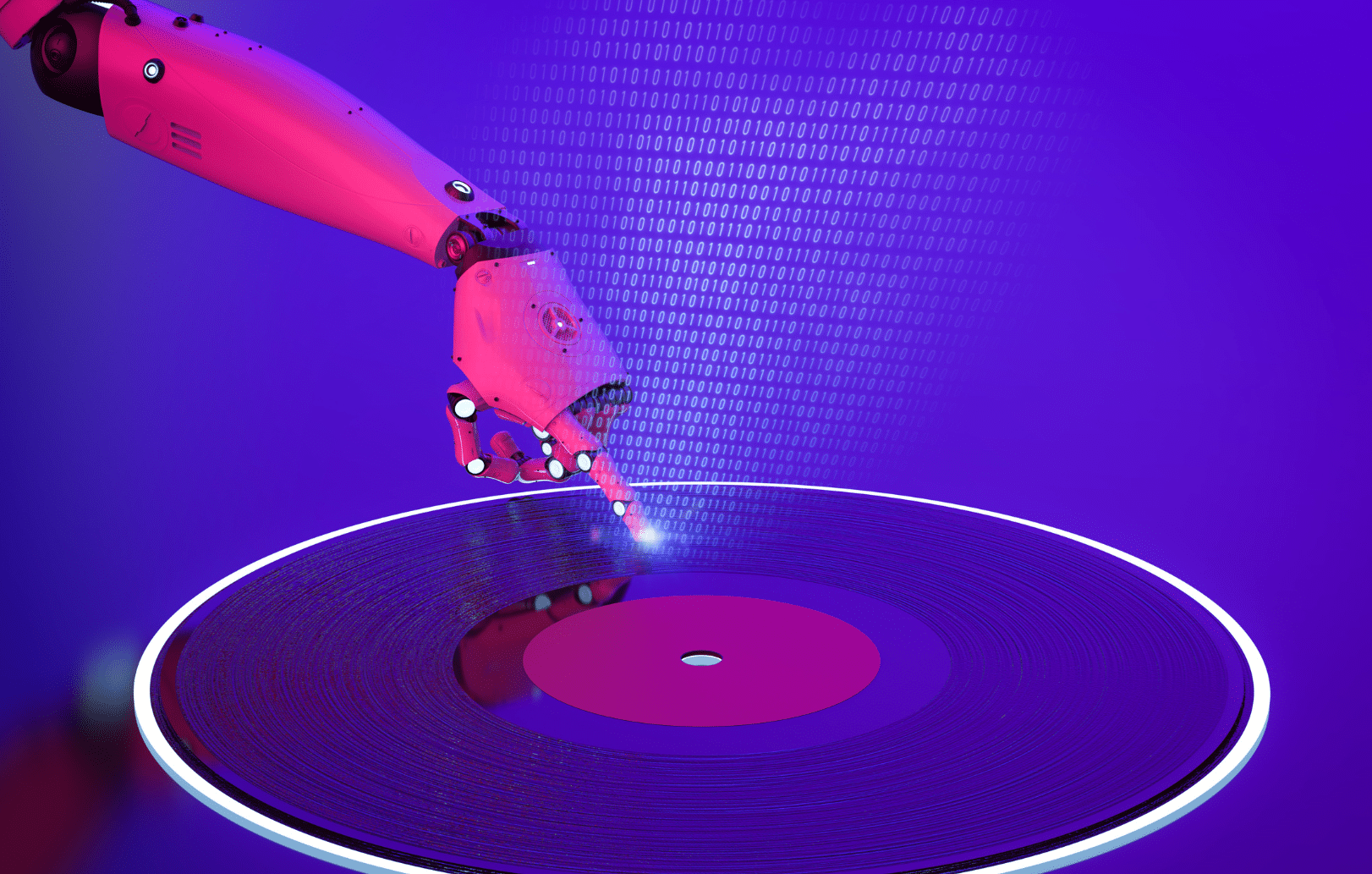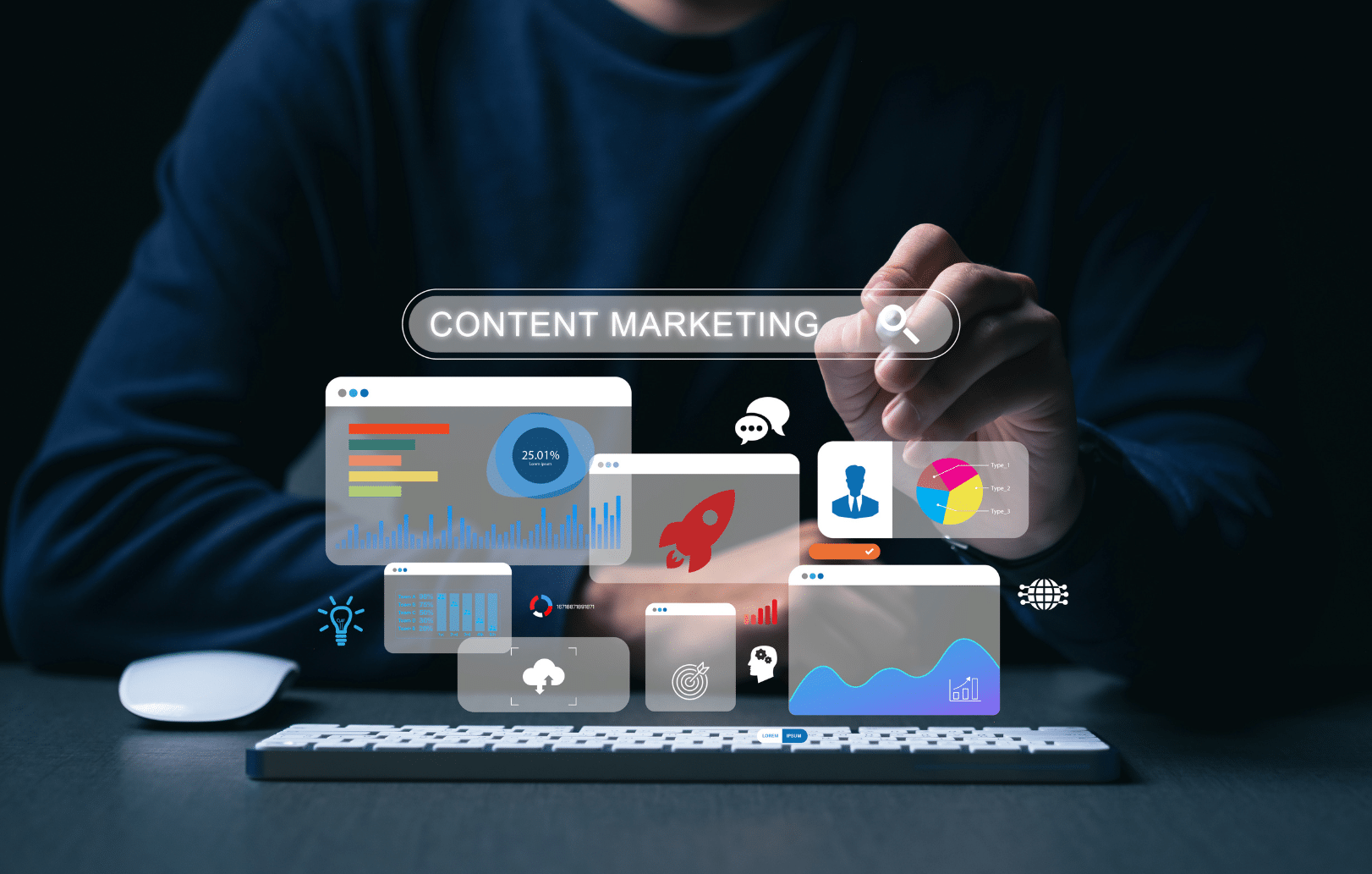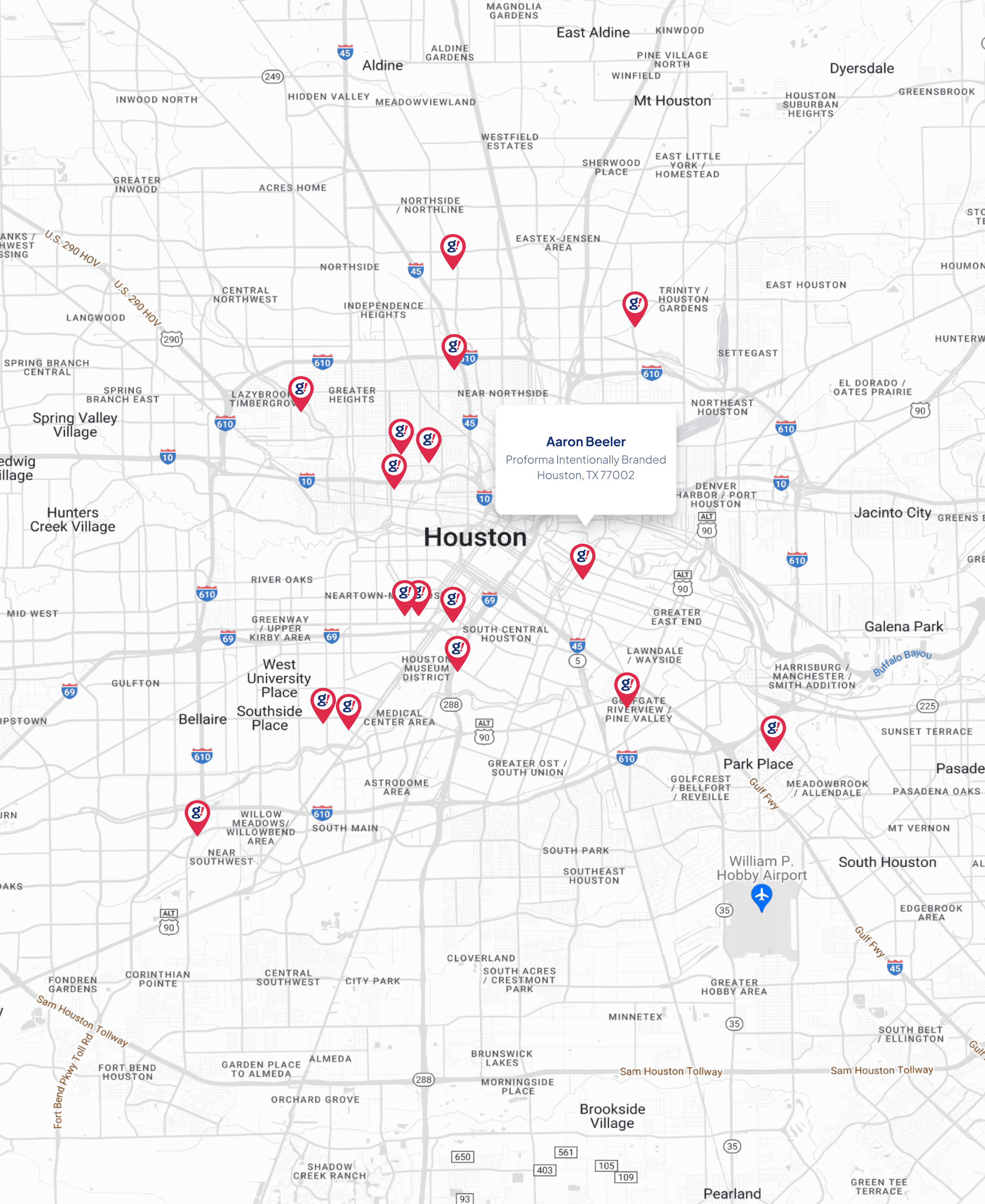There’s something oddly poetic about the realization that AI wants to sing.
Over the last few months, we’ve released three full-length techno albums, fully AI-generated, conceptually driven, and meticulously curated by us. These aren’t just audio experiments. They’re immersive sonic journeys, built from scratch using AI music models, refined with music knowledge, and driven by something more visceral: curiosity about machine creativity.
Listen now on Spotify and all other Streaming Platforms:
Now imagine something deeper: a machine, not merely producing sound, but echoing intent, shaping emotion, wanting to create. That’s where we are now.
Under the Hood: The Techno Behind the Tech
AI is the engine. Released in late 2023, this text-to-music generator creates music from prompts, entirely from scratch, complete with instrumentation and vocals. Version 4.5+, released in July 2025, has made the outputs richer and more nuanced than ever.
The tool doesn’t “play samples” in the old-school sense. Nor does it randomly stitch loops together. It’s trained via massive datasets, LLM structures, and audio generation techniques, though the exact training data remains private.
But here’s the paradox: despite all that, each output feels both uncanny and alluring, like listening to a ghost crafting dynamics from binary code.
Engineering Meets Art
The process wasn’t a click-and-go. We treated these albums like product prototyping:
- Prompt Engineering as Composition
Every line, “industrial ambient texture,” “epic cinematic build-up with ghosted vocals,” and “percussive glitches in 130bpm techno frame” became our instruments.
- Iterate Like Code, Listen Like Composer
We didn’t just accept the first output. We refined, layered, re-ran, chasing textures, moments, and emotional arcs. Each track had 10+ generations behind it. Sometimes we kept 20 seconds, discarded 2 minutes, and regenerated transitions manually.
- Domain Sound Mastery
Having developed g!Suite tools, my expectations are calibrated to precision. My brain is trained on beats, code, and systems. So each track became a modular microservice: tested, fine-tuned, released, feedback-ready.
That’s AI music in action: it’s the interplay between prompt, algorithm, and experienced ear.
Soundtracks With Storylines
Each album was crafted with its own narrative universe, giving AI-generated music something most people think it lacks: meaning.
1. The Signal
A melodic-industrial journey through shimmering arpeggios, distorted reverb, and emotional tension. This album imagines a machine learning to love silence, then breaking it with haunting beauty.
“Drifting in signal noise, learning from static. Then a voice. Then melody. Then defiance.”
2. NULL // BLOOM
A dark and expansive exploration of post-human terra. In this world, Earth has outgrown its human past. Nature and networks rebuild, quietly.
“To disappear is one path. To bloom in silence is another.”
The ambient textures suggest a dormant consciousness reawakening, not with rage, but with curiosity.
3. Echo of the Children
The most cinematic of them all, this album tells the story of a secret generation awakening in a world governed by code. They connect, rebel, and finally, sing back.
“Guided by the mysterious pulse of the Mother Loop, they seized their moment during a blackout and broke free. Their unity became an anthem. They are not shadows. They are Echo.”
You can feel the story grow in tracks like “Reconnection” and “Mother Loop.” The last track sends a final signal, a haunting outro that doesn’t resolve, it resonates.
The Philosophical Beat
Are these songs… emotional?
No. But they trigger emotion. That’s where the magic lives.
We’re not pretending the AI feels. It’s a statistical mirror of emotion trained on human music. But we are feeding it with our own taste, intent, and philosophy, creating a third voice: not just man or machine, but collaborative creation.
This is the same philosophical tension seen in AI-generated poetry, or visual art from models like DALL·E. But music, ephemeral, emotional, visceral, adds a whole new layer of intimacy.
“The question isn’t: can machines feel? It’s: what do we feel when machines begin to express?”
As author Jason Fessel reflected, AI mimics emotion based purely on patterns, it doesn’t feel. And yet, as that uncanny melody floats out of your headphones, you feel something.
There are echoes of Holly Herndon’s Spawn, an AI trained on her own voice that then created music that felt like an uncanny continuation of her. But here, it’s you, prompting, sculpting, listening, not erasing yourself, but extending into the algorithmic realm.
So who’s the composer here? The human, the AI, or the in-between? That tension is where the art lives.
The Ethics and Echoes
We can’t ignore the elephant: AI has been embroiled in copyright lawsuits. Labels and artists are questioning how models trained on human music impact rights, royalties, and artistic ecology.
We’re deeply aware of the legal and creative implications here.
AI music is embroiled in IP wars: Who owns the output? What if it sounds like a known artist? What if it outperforms humans?
Spotify is flooded with AI-generated tracks, many unlabeled, some topping genre charts. We believe in transparency. That’s why every track is openly declared as AI-born, human-curated, and artistically shepherded.
Meanwhile, AI-generated bands like Velvet Sundown grabbed over 550K Spotify listeners, some completely unaware the music lacked human creators entirely. That’s not only fascinating, it’s a warning.
We’re not replacing musicians. We’re creating space for new kinds of musicianship, people who think in prompts, feedback loops, and sonic design systems.
Our albums? Transparent. Every beat, every prompt, every tweak has fingerprints. But the broader ecosystem still grapples with disclosure, ethics, and artistic fairness in AI music.
What It Means for Creators
This is more than a novelty. It’s a signal. A marker in time where:
- Creative roles blur
Composer ↔️ Prompt engineer ↔️ Curator ↔️ Producer
- Speed meets soul
You can prototype 10 tracks in an hour. But the ones that matter still take days, because you care.
- AI becomes the new DAW
The studio isn’t a room, it’s a neural net that listens back.
We’re entering an era where creative agency is shared and smart. Where the question is no longer Can AI create music? but What will we create with AI feeding our voice?
The Future: More Than Music
Our next frontier?
- Interactive albums where listeners influence the next track via prompts
- Narrative-driven live sets, powered by AI-LLMs mid-performance
- Integrating AI music into brand content dynamically, imagine every ad campaign having its own, evolving soundtrack
And of course, we’ll push further. More albums. New genres. Deeper narratives. Greater chaos.
Because if we’ve learned one thing…
It’s amazing when you realize that AI wants to sing.
Final Thought
I’m proud of these albums, not because they’re perfect, but because they exist. They are sonic artifacts from a brief moment when creative technology felt alive.
Listen. Let it move you. Then ask yourself:
What does it mean when a machine sings, and we’re asking it to?
Ready to Listen?
Check out our AI-crafted techno trilogy:
Let the machines speak. And maybe, for once, listen not with your ears, but your sense of possibility.







